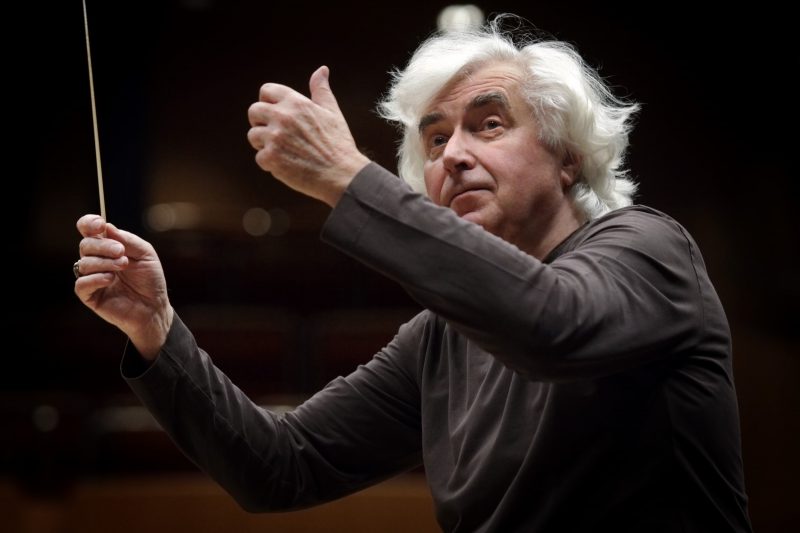The music festival Grafenegg is organized this year for the twelfth time. For one of the festival’s over 20 concerts, Artistic Director Rudolf Buchbinder has engaged Dimitrij Kitajenko for a Mozart-Shostakovich program.The concert takes place at the open-air theatre Wolkenturm which has been called ‘an acoustic sculpture’.
With the Wolkenturm, Grafenegg’s old architectural landscape gained an open-air stage that is blending perfectly into its natural surroundings. Nestling in a natural hollow, the building designed by architects Marie-Therese Harnoncourt and Ernst J. Fuchs is a sculpture that rises up a good 15 metres to the height of the treetops and affords unexpected views from a range of standpoints. It offers seating for over 2000 spectators. The open-air arena’s acoustic shell produces an excellent sound through the acoustic detailing of the Munich firm Müller-BBM.
The concert with the Tonkünstlerorchester Niederösterreich conducted by Dmitrij Kitajenko starts with Wolfgang Amadeus Mozart’s Piano Concerto in D minor K. 466, with the Korean pianist Yeol Eum Son as soloist. With her, Dimitrij Kitajenko maintains a particularly close and artistically fertile co-operation.
After the intermission, the audience will hear Dmitri Shostakovich’s Symphony No. 7 op. 60, called Leningrad.
In 1941, the German army arrived at the gates of Leningrad where they laid siege. Just then, Shostakovich began with his 7th Symphony. “Neither savage raids, German planes, nor the grim atmosphere of the beleaguered city could hinder the flow,” he recalled. “I worked with an inhuman intensity I have never before reached.”
Having been evacuated to the temporary capital of Kuibyshev on the river Volga he finished the symphony in December 1941. The first performance was given on March 5, 1942 by the Orchestra of the Bolshoi Theatre, which had also been evacuated to Kuibyshev, conducted by Samuil Samosud.

